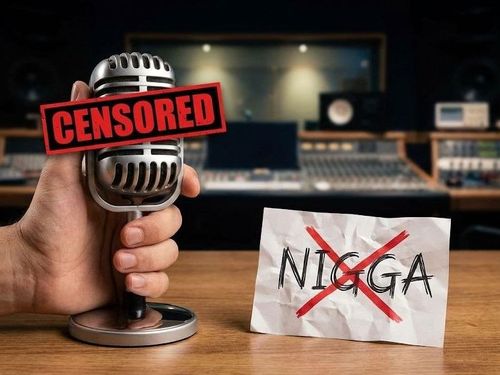In a recent study published in the journal Proceedings of the National Academy of Sciences, scientists used advanced technology to reveal a concerning truth about the bottled water we drink daily.
This study looked at tiny plastic particles called nanoplastics, which form when plastics break down. The research found that a typical bottle of water contains an average of 240,000 visible plastic fragments per liter.
This number is between 10 and 100 times higher than previous estimates that were based on larger plastic pieces.
In other words, the amount of plastic in bottled water is much higher than previously thought and is cause for concern.
A New Plastic Frontier Unveiled
This study marks the first time scientists have explored the poorly understood space of nanoplastics in bottled water.
Unlike their larger counterparts, nanoplastics are so small that they can pass through the intestines and lungs, entering the bloodstream and reaching vital organs like the heart and brain.
These particles can even cross the placenta, affecting unborn babies. Naixin Qian, the study's lead author and a Columbia graduate student in chemistry, emphasizes the importance, saying, "This opens a window where we can look into a world that was not exposed to us before." This revelation brings attention to the unseen threats posed by nanoplastics in the water we consume daily.
Exploring the Nano World
In this study, scientists used a high-tech method called stimulated Raman scattering microscopy to find tiny bits of plastic in bottled water.

Co-created by Wei Min, a biophysicist at Columbia, this technique uncovers a whole new area scientists hadn't explored before. They focused on seven common plastics and used a smart algorithm to understand the results.
The amazing part? Out of the 110,000 to 370,000 plastic pieces in every liter of water, a whopping 90% were these super small nanoplastics.
Unveiling the Plastic Puzzle: What's Hiding in Our Bottles?
It gets more interesting when you look at where these plastics come from. While the plastic used in water bottles (PET) was expected, the team was surprised to find more polyamide, a kind of nylon, than PET.
Beizhan Yan, one of the researchers, thinks these nylon bits probably come from plastic filters used in purifying water before it's bottled. The study also found other plastics like polystyrene, polyvinyl chloride, and polymethyl methacrylate, each used in different industries.
This discovery changes how we see plastic in our daily lives, opening our eyes to the tiny world we didn't know existed in every sip of water from a plastic bottle.
The Hidden Danger and Why It Matters
Surprisingly, the study revealed that only 10% of nanoparticles came from the seven plastic types they checked. The rest, a whopping 90%, remains a mystery.
This unknown composition complicates the understanding of particles in water samples. The worry now is about the potential health risks these unknown particles might pose. It underlines the importance of carefully studying and distinguishing them from natural organic matter.
The World of Tiny Plastics
Now, the researchers are broadening their study beyond bottled water to tap water, a category most people consume daily.
Although tap water contains fewer microplastics than bottled water, the team also looks at how washing releases microplastics and nanoplastics into wastewater.
The aim is to grasp the impact of synthetic materials shedding particles during laundry, an important contributor to environmental pollution.
Antarctic Expedition: Exploring Tiny Plastic Bits in Snow
Teaming up with British researchers in western Antarctica, the group aims to find particles in snow. This will give us clues about where tiny plastics are in remote areas.
At the same time, they're working with health experts to check for tiny plastics in human tissues. They want to see how these affect our development and brains.
Why We Need More Research
As researchers delve into the study of minuscule plastics, they have discovered that it's not just limited to bottled water.
These tiny particles could potentially enter our bodies and the environment, posing a significant threat to our health and nature.
It is imperative to conduct further research to determine the long-term effects of these particles. This study serves as a warning, indicating the need to reconsider our extensive use of plastic. It is a call for better alternatives that can safeguard our planet and well-being.




